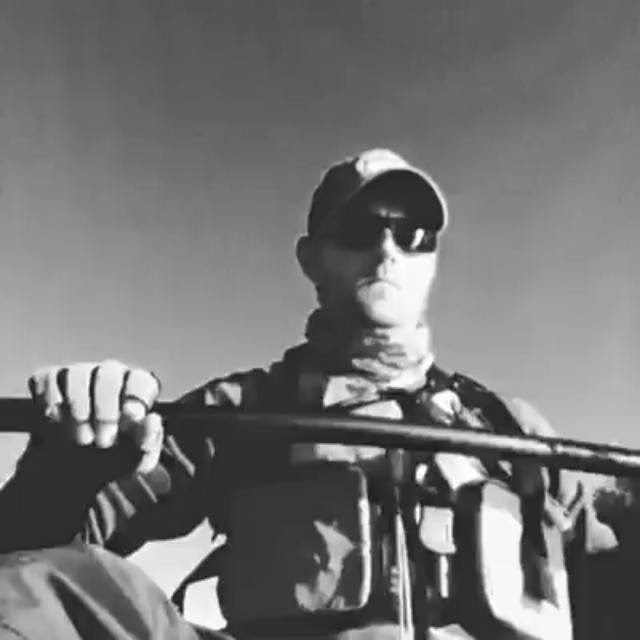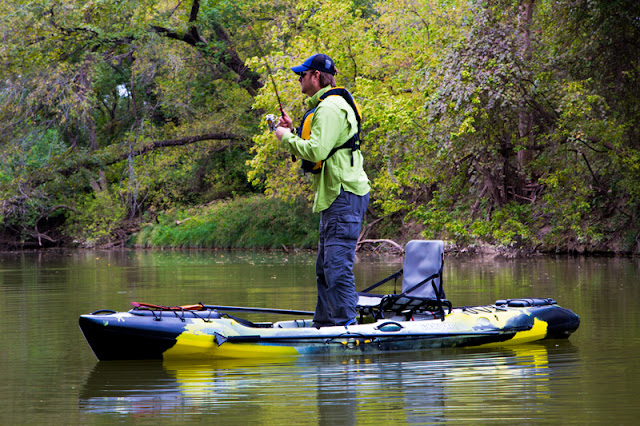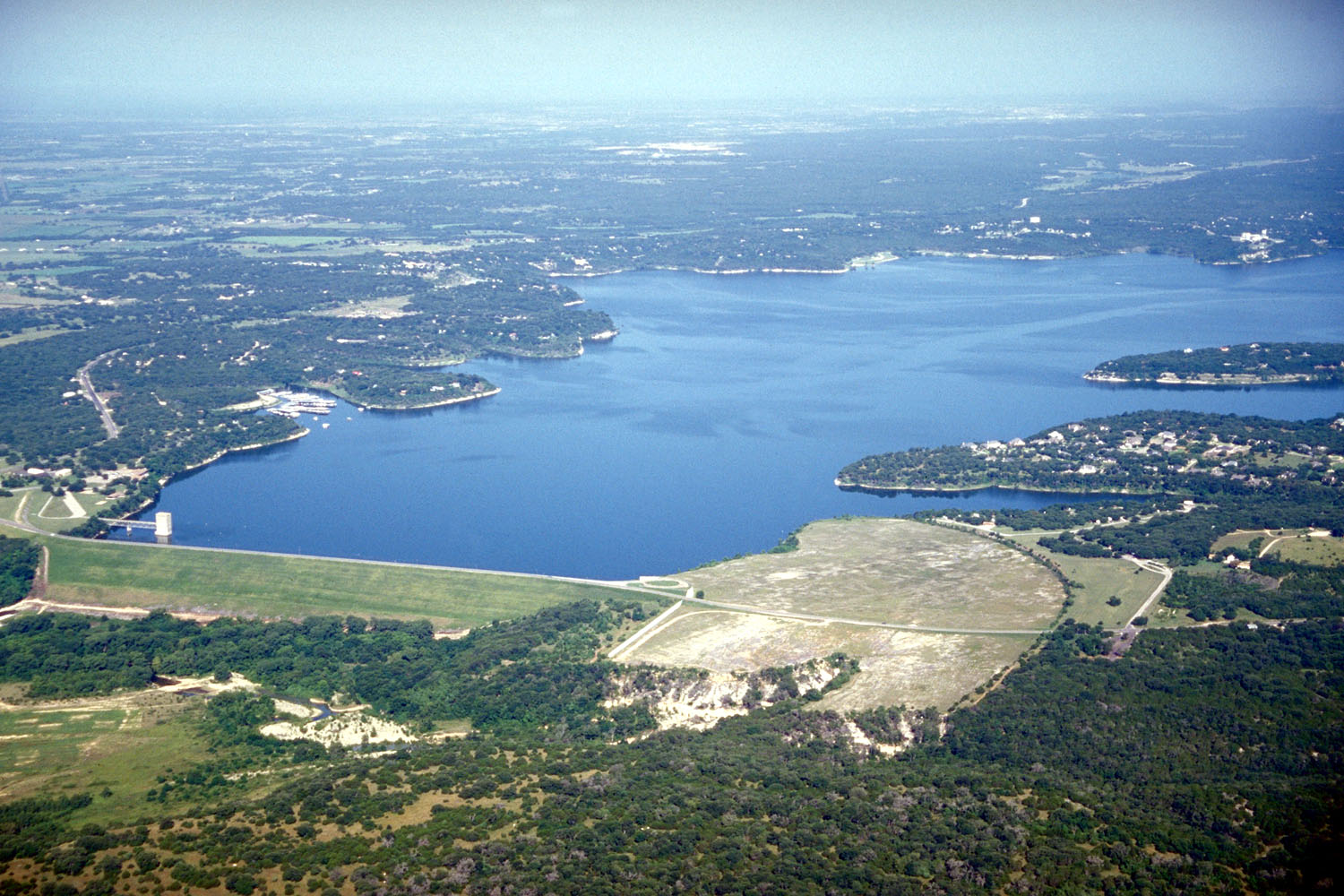It's that time of year. It's cold outside and people have a chance to sit inside and dream of the spring. This is also the season when people start thinking of boats and kayaks. Every winter the kayak fishing forums light up with requests about which boats to look at, which one is for me and myriad other questions.
So which boat should you get? It's not that simple.
You may as well ask which one main dish your town would like to eat every day for the next year. It just isn't that simple.
People have different expectations for everything. We are all unique individuals with very specific things we are looking for. Kayak fishing is no different.
So what do you do? No one will give you the answer. So what now?
Here are a few steps to help make the right-for-you decision.
#1 Make a List
You need to make a list of all the things you are going to do in the kayak and how it will be used.
Are you fishing in big lakes, the ocean, rivers, bays or all of the above?
Are you wanting to troll, drift, sit, stand, paddle, pedal or use an electric motor of some sort?
Are you fishing for bass, crappie, cats, specks, reds, flounder, anything you can catch or all of the above?
Who will be using the kayak? Will it be just you or will others be sharing it?
How will you transport it? Do you have a truck, trailer, car, van? Do you have a roof rack? Do you have cross bars on the roof rack?
How much storage do you want the kayak to have?
Do you fish in the cold much?
Do you fish in the wind much?
Where will this kayak be stored? How much room is in that place (size limits)?
Do you have any health issues that will play into your decision (bad back, bad heart, arthritis, etc)?
How much weight can you lift above your head? How much weight can you raise to your waist?
How much does the heaviest person weigh that will be using the kayak?
How tall is the tallest person that will use the kayak?
What weight capacity, gear and people, will the kayak need to have?
This is by no means the full exhaustive list but it will get you in the right frame of mind to discover what you need.
#2 Budget
This one is tough. Most people decide they want to get into kayak fishing with a max cap of $500. Some have a smaller budget than that. The problem with that number is that will usually only get you a kayak. Let's say you go to Academy and by the Perception Sport Pescador 12 ft kayak (the old Tarpon 120 body). It'll cost you $500. After tax you are already over budget. Now you need a paddle, lifejacket (PFD), and whistle just to be legal and able to go to the lake. This adds another $60 if you get the absolute cheapest stuff that's made. Throw in tax and your $500 budget is now at $670. This is when most people start to look at used boats and settle on a boat in their price range. Usually the kayak doesn't fit that list of things you wanted and more often than not, your $450 you spent on a used kayak turns into a loss because now you are selling the used kayak and stuff for $350 on Craigslist because kayak fishing just isn't for you.
Don't blame the kayak. If you take a date out to McDonald's and tell her to order off of the Dollar Menu only do you think you'll get a second date? Rarely. When you buy a used boat on the cheap that you've done little research on and doesn't meet your needs, your time in kayak fishing is usually, not always, but usually short lived.
Make a realistic budget for what you can do and stick to that but make sure it meets your list. If it doesn't meet your list, save up more money to expand your budget or keep waiting. Trust me here. A boat that meets all of your needs rather than just the desire to get on the water will make you much happier in the long run.
#3 Demo, Demo, Demo
Before you make a purchase, demo lots of kayaks. Technically speaking, there are demo days almost every day of the year. Lots of dealers will meet you at the lake with a few boats you want to try. Meet up with folks who have the kayak already and give it a try. Please don't buy a boat without trying it first. It usually ends in heartbreak. Take your list and check off how many of your desires each boat has. If it is out of your budget, look for a used one or save some more money and get the one you really want.
#4 Research
Talk to people who have the kayak you have narrowed it down to. Do some web research. Look at the manufacturers website. What would they change? How did they rig their kayak for fishing? Would they buy that kayak again? Make an informed decision.
Even if you follow all of these steps, it doesn't guarantee a perfect kayak for you. Chances are, you'll change boats a few times in your life and that is good too. As your preferences change, possible so will the type of kayak you need. But, the chances of you buying the right kayak the first time without any of the above steps is not a very likely scenario. To try to make it easier, I have made a sheet for you to take to the stores, dealers, boat shows, etc. Try it out and see how you like it! If you hand this to the knowledgeable folks at a kayak dealer in Texas like Mariner Sails, APT, Mountain Sports or others, they'll be able to help you find that kayak that is the right fit for you. If you are a little further east than Texas, HOOK1 in Hendersonville, TN or YakCity in Lake Wylie, SC are the best of the best and will have you paddling the right boat in no time at all.
 |
| Click to increase size and then right click to save or print |












